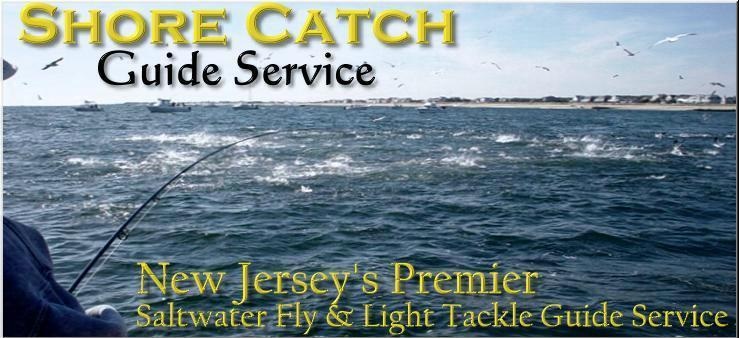When most anglers think about fishing for tuna, they usually associated it with large diesel boats, heavy tackle and long runs offshore. But anglers in the mid-Atlantic states have been enjoying a fishery for bluefin tuna that is within reach of smaller outboard-powered boats. Three of four techniques used to catch them, jigging, casting surface plugs and fly fishing, involve battling big fish on very light tackle.
“Bluefin range closer to shore than other tuna species like yellowfin, bigeye and albacore,” said Captain Gene Quigley, a Yamaha Pro Team member and one of a group of light tackle charter operators who work under the banner of the Shore Catch Guide Service http://www.shorecatch.com in N.J. In recent years we’ve had consistent fishing for bluefin in the 30 to 200-pound class on structure areas from 20 to 50 miles off the beach.” Runs like that present no problem for Quigley’s Yamaha-powered 31′ Cape Horn® center console, which makes the trips quickly, safely and economically.
 The opportunity to catch large tuna this close to shore has charter clients like Gene’s and hordes of private boat anglers gearing up for the challenge. The fishery has been pretty consistent the past five seasons with bluefin transiting the Continental Shelf waters from the Outer Banks of N.C. north to Cape Cod, Mass. Each year many of them spend several months in the waters off Del. north to the New York Bight between northern N.J. and Long Island, N.Y. where they are within reach of thousands of avid saltwater anglers.
The opportunity to catch large tuna this close to shore has charter clients like Gene’s and hordes of private boat anglers gearing up for the challenge. The fishery has been pretty consistent the past five seasons with bluefin transiting the Continental Shelf waters from the Outer Banks of N.C. north to Cape Cod, Mass. Each year many of them spend several months in the waters off Del. north to the New York Bight between northern N.J. and Long Island, N.Y. where they are within reach of thousands of avid saltwater anglers.
The most popular technique for catching bluefin tuna is using “butterfly” style jigs, and tackle companies have introduced a new class of saltwater rods and reels specifically for this purpose. The gear is incredibly powerful, yet remarkably compact and light, and variants come in both conventional and spinning versions. Both require the use of extremely strong, thin braided lines made of Spectra fibers. The line has almost no stretch and provides incredible sensitivity. These features allow an angler to load hundreds of yards of line on small reels and give them the ability to fish relatively light metal jigs deep, 90 to 225 feet down, and still feel the them flutter and detect strikes.
When a bluefin is hooked, the fun starts. Fighting them from a center console boat like Gene’s offers the angler a decided advantage. The open platform means he can move completely around the boat; even if the fish dives under the hull the angler can remain in control, or at least as much in control as possible when fighting large, powerful game fish with such light tackle. When the time comes, these small boats respond quickly to commands from the helm; the captain can maneuver or chase a fish that might otherwise spool the angler’s reel.
Finding the tuna involves finding the baitfish on which they feed. One of the species is a tiny fish called a sand eel that travels in huge, densely packed schools. They tend to congregate around sand lumps and ridges close to the bottom, and jigs are the perfect lure for getting into the strike zone. But other species of baitfish travel closer to the surface, and when the bluefin are feeding high in the water column, it’s time to break out the spinning tackle and poppers or fly rods.
Gene has many regular clients who enjoy nothing better than tempting tuna to take a fly, truly the ultimate challenge in saltwater fishing. The fly rods are heavy and the reels large with massive drag systems that can handle the long runs of these extremely fast game fish. It is still an amazing feat catching tuna on a fly rod.
The mid-Atlantic bluefin season kicks off in June with fish showing off Md., Del. and N.J. as water temperatures get into the 70s. It can last well into the fall as the fish begin their migration back to the south. For anglers looking for a challenge that will test their tackle and their stamina, butterflies and bluefin present the perfect opportunity. Being able to fish for them from deck of an open boat is just the icing on the cake!


